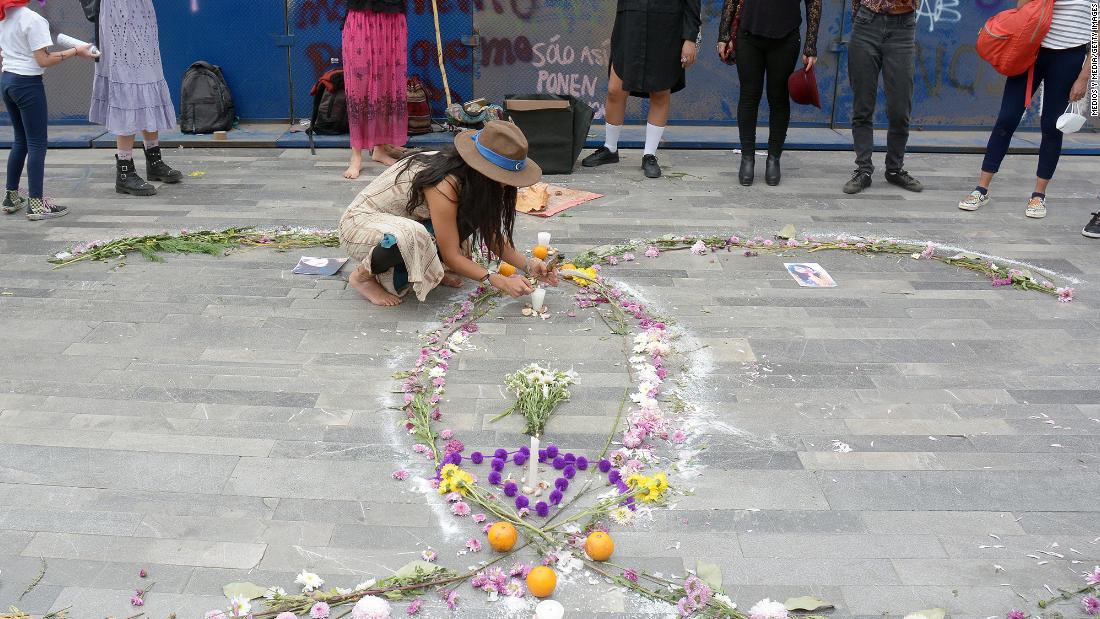
The report’s findings are based on data from the largest WHO study ever on the prevalence of violence against women.
“About 736 million people are victims of physical or sexual assault by an intimate partner or sexual assault by a non-partner – a number that has remained largely unchanged over the past decade,” adds the WHO statement.
Intimate partner violence is the most common form of female violence, affecting approximately 641 million people worldwide. The organization said younger women are still at particular risk for such violence, with one in four women aged 15 to 24 being a victim of violence by an intimate partner by the time they reach their mid-twenties.
“It is very disturbing that this ubiquitous violence by men against women is not only unchanged but is also worst for young women aged 15-24 who may also be young mothers,” said Phumzile Mlambo-Ngcuka, executive director of UN Women .
She added, “Every government should take strong, proactive measures to address this, including involving women.”
Location and wealth are critical factors, the report said, which found that about 37% of women in the poorest countries have experienced physical or sexual partner violence in their lifetime. In some countries, the prevalence of such violence was as high as one in two women.
The official WHO regions of Oceania, South Asia and Sub-Saharan Africa had the highest rates of partner violence. According to the WHO, Europe had the lowest rates.
“Violence against women is endemic in every country and culture, causing damage to millions of women and their families, and has been exacerbated by the Covid-19 pandemic,” said Dr. Tedros Adhanom Ghebreyesus, WHO director general, said in a statement Tuesday.
“Violence against women cannot be stopped with a vaccine,” he added. “We can only combat it with deep-seated and sustained efforts – from governments, communities and individuals – to change harmful attitudes, improve access to opportunities and services for women and girls, and promote healthy and mutually respectful relationships.”
The new WHO report is based on data collected between 2000 and 2018 and therefore does not reflect the toll of the pandemic among women. The United Nations has previously said that domestic violence during the Covid-19 lockdowns is a “shadow pandemic.”
On March 8, International Women’s Day, protests for equal rights were held all over the world. Nearly 20,000 women gathered in Mexico City in protests against feminicide. Violence against women is an ongoing problem in the country, where at least 969 women were killed by 2020.
Monday’s protests later turned violent, with 62 police officers and 19 civilians injured in the unrest, Mexico’s minister of Security and Civil Protection said.
According to Reuters, thousands of women also took part in International Women’s Day rallies across Spain, while hundreds of people in Australia protested outside government offices as a national political scandal over the treatment of women in public life intensifies.
CNN Health’s Naomi Thomas contributed to this report.

